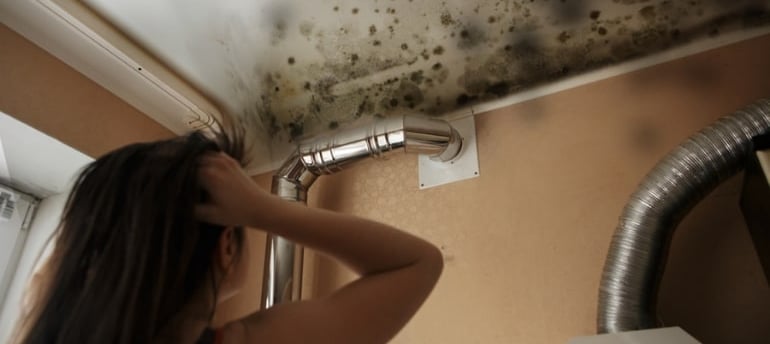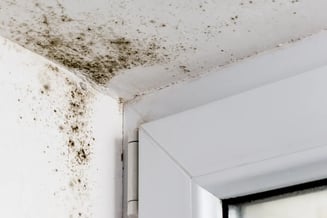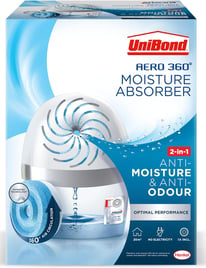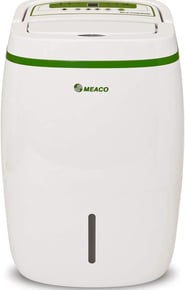WHEN MOULD IS BECOME THE VILLAIN OF YOUR HAPPY HOME !
Know everything about mould and find some natural solutions


Unveiling the Menace of Mould: Causes, Prevention, and Remedies
Mould, the silent intruder lurking within the walls and ceilings of homes, is not just unsightly but also poses potential health risks. In the United Kingdom, where damp weather conditions are prevalent, mould growth is a common issue that homeowners must contend with. Understanding its causes, implementing preventive measures, and employing effective remedies are crucial steps in safeguarding your home and your health.
My Story
As a full-time nurse in the NHS and a busy mom of two, managing a happy, clean, and healthy home is always a top priority for me. With a 7-year-old daughter and a 1-year-old son, our days are filled with joyful chaos and constant activity.
Recently, in an effort to encourage my eldest daughter's independence,
I encouraged her to start taking baths on her own. She absolutely loves
spending time in the water and often enjoys long, relaxing baths. However,
this newfound independence, coupled with a faulty exhaust fan in our bathroom,
led to a buildup of steam and moisture.
Amidst our busy schedules, we failed to notice the gradual accumulation of steam and the
malfunctioning exhaust fan until one day, we were confronted with a shocking sight –
mould had taken over the ceiling and walls of our bathroom.
The sight of the mould infestation filled me with frustration and anger. Knowing the potential health risks posed by mould, especially to young children like mine, I immediately turned to the internet in search of quick and effective solutions.
Over the course of the next week, amidst our limited time and resources, we tackled the mould infestation head-on. It was a challenging and arduous process, compounded by the fact that we only had one shower available for use during this time.
However, with persistence and determination, we were able to successfully eradicate the mould and restore our bathroom to its former cleanliness and hygiene. Along the way, I discovered several products and methods that proved particularly effective in combating mould in the UK's climate.
In sharing my experiences and the products that worked best for us, I hope to offer assistance to others who may find themselves facing a similar mould infestation. Together, we can overcome this persistent and troublesome villain and ensure the health and well-being of our families and homes.
What is Mould?
Mould is a type of fungus that thrives in damp and humid environments. It reproduces through microscopic spores that are invisible to the naked eye, making it easily airborne and widespread. Common types of household mould include Aspergillus, Penicillium, and Stachybotrys chartarum (black mould), among others.
Causes of Mould Growth
Several factors contribute to the growth of mould in homes, particularly in the UK:
Moisture: Persistent dampness resulting from leaks, condensation, or flooding
creates an ideal
breeding ground for mould spores. Most susceptible places are toilet and kitchen.
Poor Ventilation: Inadequate airflow within enclosed spaces traps moisture, promoting
mould
growth. This is often a problem in bathrooms, kitchens, and poorly ventilated basements.
Main example is a faulty exhaust in toilet.
High Humidity: Humid climates exacerbate moisture problems, increasing the likelihood of mould growth, especially during the rainy seasons.
Building Materials: Porous materials such as drywall, wood, and ceiling tiles are susceptible to moisture absorption, providing nutrients for mould to thrive.
Lifestyle Factors: Activities like cooking, showering, and drying clothes indoors without proper ventilation contribute to increased humidity levels, fostering mould growth.
I Know you are here for solutions isn't it?
Preventive Measures
Preventing mould growth requires proactive measures to control moisture and improve ventilation:
Address Water Leaks:
Promptly repair any leaks in plumbing, roofs, or windows to prevent moisture infiltration.
Improve Ventilation:
Install exhaust fans in bathrooms and kitchens to expel moist air outside. Ensure adequate airflow by opening windows regularly, especially when cooking or showering. Use good exhaust fans in toilet.
Reduce Humidity:
Use dehumidifiers to maintain indoor humidity levels between 30-50%. Empty and clean dehumidifier trays regularly to prevent mould growth within the appliance. Dehumidifier is a best option to avoid excessive moisture at your home. Invest on a good quality exhaust will make your life easier
Many type of dehumidifier available in the world now. I used many of them. The one which I ended up using continuously at my home for the last fee years are
The cheapest and but effective one but need frequent changing
UniBond AERO 360º Moisture Absorber, Ultra-Absorbent Dehumidifier, Helps to
Prevent Condensation, Mould & Musty Smells, Refillable Condensation
Absorber https://amzn.to/43QCfjF
Controls Humidity & Cleans Air All Year Round with HEPA filter https://amzn.to/4cKfrWG
Insulate Surfaces:
Insulate cold surfaces such as walls, ceilings, and windows to prevent condensation, reducing moisture accumulation.
Monitor Indoor Plants: Overwatering indoor plants can increase humidity levels, providing a conducive environment for mould growth.
Water plants sparingly and ensure proper drainage.
Anti-mould paints are specially formulated coatings designed to prevent the growth
of mould and mildew on surfaces. These paints contain additives such as fungicides
and biocides that inhibit the growth of mould spores, effectively creating a protective
barrier against mould infestation.
The primary active ingredient in anti-mould paints is typically a fungicide, which works
by disrupting the growth and reproduction of mould organisms. Fungicides are
chemicals that target fungi, including mould, and inhibit their ability to thrive on surfaces.
Common fungicides used in anti-mould paints include zinc pyrithione, chlorothalonil, and
dimethyl ammonium chloride.
In addition to fungicides, anti-mould paints may also contain biocides, which are substances
that kill or inhibit the growth of microorganisms. Biocides work by penetrating the cell walls of mould spores and disrupting their metabolic processes, ultimately leading to their demise. Some biocides used in anti-mould paints include quaternary ammonium compounds, phenols, and isothiazolinones.
When applied to surfaces, anti-mould paints form a protective film that prevents moisture from penetrating the substrate, thereby reducing the conditions conducive to mould growth. This moisture-resistant barrier inhibits the proliferation of mould spores and prevents them from germinating and colonizing the painted surface.
Furthermore, anti-mould paints typically have a smooth, washable finish that makes it easier to clean and maintain surfaces, further reducing the likelihood of mould growth. Regular cleaning with mild detergent and water can help remove any surface contaminants that may promote mould growth, ensuring long-lasting protection against mould infestation.
Overall, anti-mould paints offer an effective solution for preventing mould growth on interior and exterior surfaces. By incorporating fungicides and biocides into their formulations, these paints create a protective barrier that inhibits the growth and spread of mould spores, helping to maintain a clean, healthy, and mould-free environment.
The one which used and working still well after an year is
Home Remedies
Several natural remedies can help eradicate mould however it will not assure you prevention of recurrence:
Thick Bleach: It is a quick fix. Get Thick bleach from the supermarket. Apply directly to your mould with paint roller or brush with gloved hand.It will completely eradicate the bleach for time being.https://amzn.to/49q8uqT
Vinegar: A solution of equal parts white vinegar and water can effectively kill mould on surfaces. Spray the solution onto affected areas and let it sit for an
hour before scrubbing and wiping clean.
Baking Soda: Mix baking soda with water to create a paste and apply it to mouldy surfaces. After allowing it to dry, scrub the area and wipe away the residue.
Tea Tree Oil: Dilute tea tree oil with water and spray it onto mouldy surfaces. Allow it to sit without rinsing to inhibit mould growth.
Hydrogen Peroxide: Use hydrogen peroxide (3%) directly on mouldy surfaces or mix it with water for a milder solution. Apply, let it sit for 10 minutes, then scrub and wipe clean.
Lemon Juice: Lemon juice has natural antibacterial and antifungal properties. Apply undiluted lemon juice to mouldy areas and let it sit for 5-10 minutes before wiping clean.












This blog contains affiliate links




